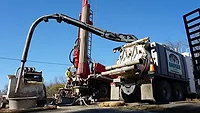Tips for Proper Drilling Waste Management
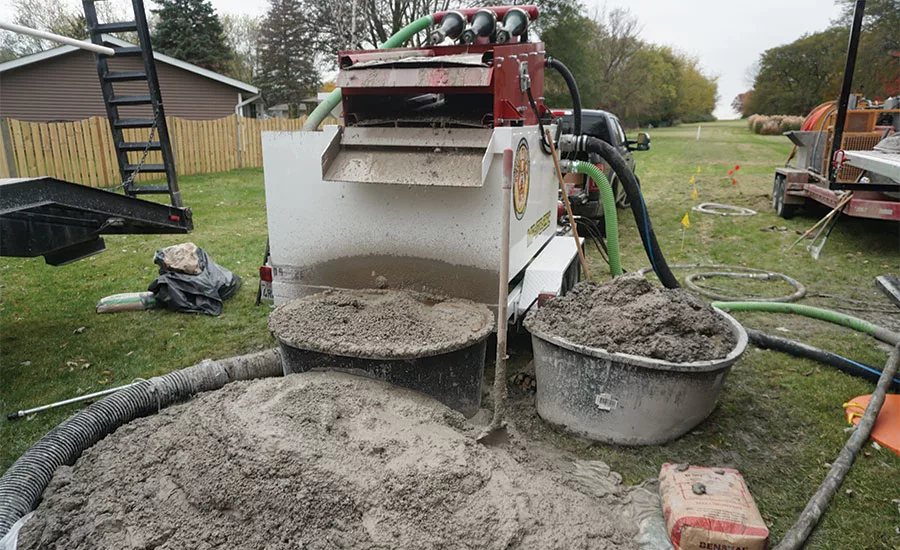
Ever-increasing levels of state and federal environmental regulation demand that drillers think through disposal plans when bidding jobs.
Source: Brock Yordy photos
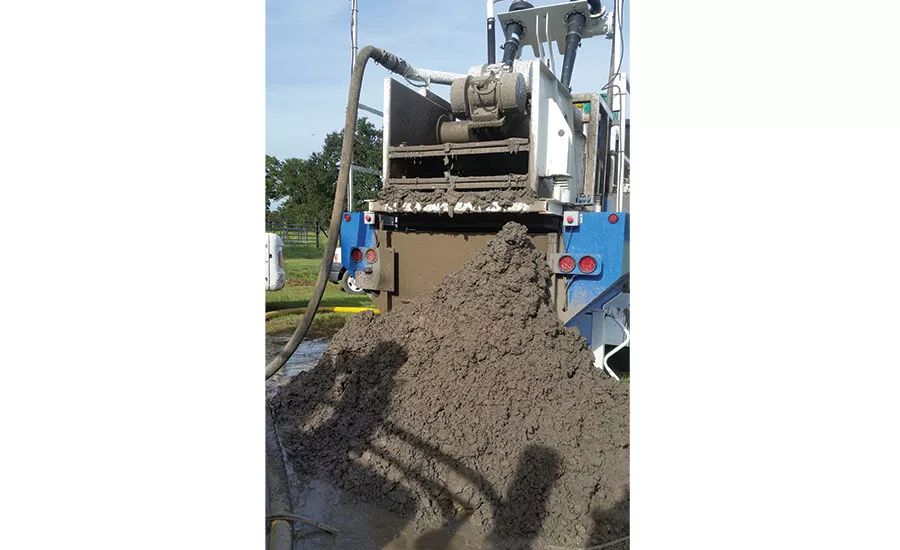
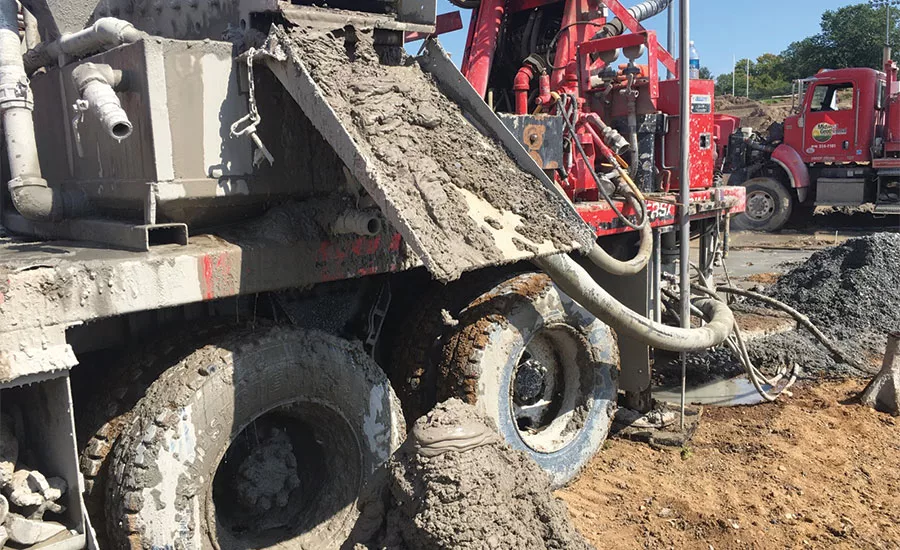
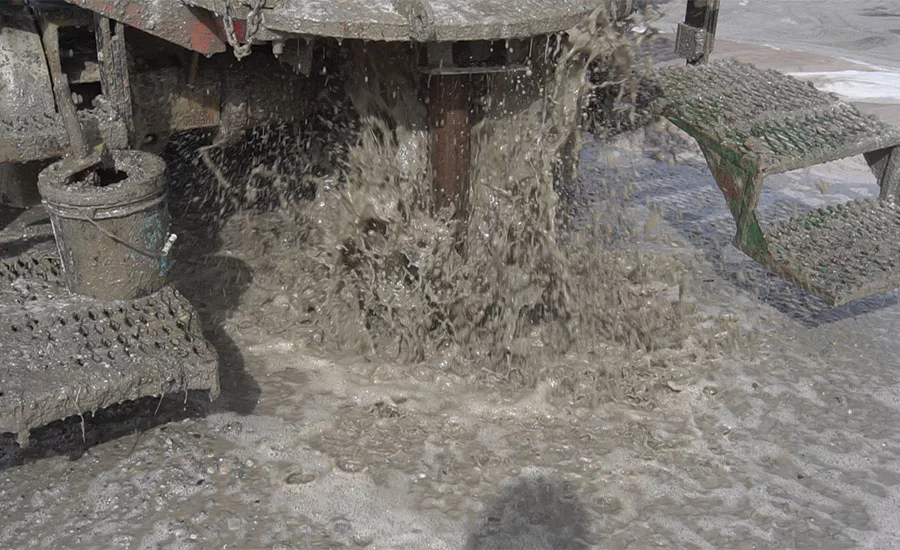
In most cases, drillers can’t just shrug and say, “Drilling is messy. What did you expect?” Drilling spoils need to be managed and removed.
At the end of the job when the crew leaves, what is the condition of the site? Is there a slurry pond, or multiple, to remove? Did the third-party vac truck service cost more than the building?
Article Index:
The most common excuse is that drilling is messy. Or, that the excavation phase was going to require site restoration of the area anyway. Sure, those excuses are feasible for small projects that might create 1 or 2 cubic yards of material. These excuses also worked better before environmental expectations required all drilling spoils to be managed and removed.
For design engineers and project managers, site management has become a hot button issue for new construction. Often, they attempt to seek alternative options to vertical drilling because of the mayhem created on a poorly managed jobsite. The continued success of large commercial jobs and urban drilling projects requires proper site consideration to minimize and contain drilling spoils. Success starts with a drill team that understands the project’s drilling parameters, including how much solids a borehole should create. Success finishes with the team knowing the amount of material that will be displaced after the product is installed and grouted.
This article builds on several earlier articles in National Driller. Reading the following articles helps create the big picture and give good insight into drilling fluids, hole cleaning, solids creation and solids control:
- Fluids Properties, Components Key to Drilling Jobs
- Hole Cleaning Tips to Efficiently Surface Cuttings on Drilling Jobs
- What is the Life Cycle of a Drilling Fluid?
- Tips for Solids Control on Drilling Jobs
This article assumes readers have read those earlier articles, and are up to speed. If you haven’t read them, check out the links above. Here, we will jump right in.
Understanding All the Numbers
Before the start of a job, a good driller plans the drilling process and hole completion from start to finish. The team will choose the best drilling method for the geology, selecting a drill bit that will effectively cut the given geology and create properly sized drill solids. The team will consider how much material is required to drill the hole, including water, drilling fluids, hole completion material and grout.
Many drillers will open their preferred drilling app on their smartphone and double-check the numbers to ensure they have the right material to complete the hole. Ironically, as we plan and double-check our numbers, we often miss one critical piece of information. We take the time to consider how much fluid is required to drill the hole and how much grouting material is required to fill the annulus between the casing, loop or anode and wall, but forget to consider how many solids are created in making a borehole.
In rotary drilling applications, it is reasonably straightforward to believe that the solids created while drilling are less than what the actual calculation provides. This misconception comes from the drill solids being blended into the drilling fluid, creating drilling mud. That is why a drilling fluid starts with a weight of 8.45 pounds per gallon (ppg), and when drill solids are incorporated, the weight increases. At the end of a mud rotary hole, a driller has a pit of solids-laden drilling mud that weighs more than it started and a small pile of semi-dry cuttings. The same can be seen with air rotary when solids are pulverized.
Hole cleaning is most effective when the solid created is between ½- and 1-inch in diameter. In mud rotary, the increase in fluid density is a requirement of proper hole cleaning. However, the goal is to keep the solids as big and intact as possible. Intact solids create a large cutting pile, but if we cannot quantify the size of that pile, we are preparing to fail.
Volume Calculation: Cubic Feet and Yards vs. Gallons
It’s hard to visualize the right amount of solids a borehole should produce because many borehole calculations are liquid measurements. The volume calculation for solids creation gets lost in the transition from gallons per foot to solids utilizing cubic feet or yards of material. One cubic foot contains 7.48 gallons. There are 27 cubic feet in a cubic yard, totaling 201.96 gallons. Here is a quick and easy formula for calculating the gallons per foot generated by a given bit size:
(bit diameter) 2 ÷ 24.52 = gallons per foot
For example, a 5-inch bit generates 1.019 gallons per foot drilled (5 x 5 = 25, 25 ÷ 24.52 = 1.019). It is easier sometimes to visualize the volume. A 5-gallon bucket is .7 cubic feet. Therefore, the following bit diameters create:
- 5-inch bit: 1.019 gallons per foot, which means 20.39 gallons for every 20-foot rod drilled, or four 5-gallon buckets.
- 10-inch bit: 4.07 gallons per foot, which means 81.56 gallons for every 20-foot rod drilled, or 10.9 cubic feet.
- 13.5-inch bit: 7.43 gallons per foot, or nearly 1 cubic foot of material per foot drilled. Every 20-foot rod drilled creates 19.87 cubic feet of material.
- 16-inch bit: 10.44 gallons per foot, which means 208.8 gallons for every 20-foot rod drilled, or just over 1 cubic yard of material.
Let’s put some of these numbers in perspective.
- A 5-gallon bucket equals .7 cubic feet (5-gallon buckets contain 5 gallons, with 1.75-inches of open space at the top).
- A 3-cubic-foot wheelbarrow equals 22.44 gallons.
- A 150-gallon livestock tank equals 20.05 cubic feet. A 6-foot-long skid steer bucket equals .5 cubic yards or 100.98 gallons.
- A 300-gallon mud pan equals 1.485 cubic yards.
- A standard 8-foot truck bed equals 2.5 cubic yards or 504.9 gallons.
- A standard dump truck holds 10 cubic yards or 2,019.6 gallons.
In conventional rotary drilling, regardless of whether it is water well, geothermal or cathodic, the drilling phase creates two waste streams. First, the drilling phase creates drill solids that will need to be contained, separated and disposed of. Next, the product installation and grouting phase creates a second waste stream from the displacement of drill fluid downhole.
Planning for Waste Disposal
Once we understand the impact of solids creation, it becomes all about proper planning and execution. If we know that a standard 200-foot water well drilled with proper drilling fundamentals with an 8¾-inch diameter bit creates a minimum of 3 cubic yards of material during the drilling phase and another 2 cubic yards of material during grouting, we can plan for capture and disposal. On small projects like residential water wells, it’s common for the customer to allow the solids to be left on site and buried during the hookup phase. However, more massive drilling projects with multiple holes create considerably more solids that will continue to multiply.
Commercial Geothermal
A great drilling team on a commercial geothermal project can drill 1,200 to 1,600 feet of borehole a day. A drill team utilizing a 5½-inch diameter bit drilling a 400-foot geothermal hole will create 2.44 cubic yards of material per hole, or almost one pickup truck load. In a good day of drilling, that team will create 9.76 cubic yards of material — equivalent to one dump truck load, and that’s not considering fluid displaced in the grouting phase. Now add three rigs creating three dump truck loads worth of solids a day, and at the end of the first week, the cuttings pile has taken over the jobsite. Proper planning that considers all capture, recycling and disposal options is critical when creating multiple dump truck loads a day. A project’s profitability can be impacted by unforeseen site management and disposal costs. Depending on soil and fluid composition, a third-party vac and disposal service can cost thousands of dollars per day.
Knowledge Leads to Proper Execution
In the fall, my team and I worked with several third-party vac services while drilling cathodic wells across the Midwest. These projects ranged from 8-inch boreholes to 13.75-inch boreholes with depths of 100 to 400 feet. Each borehole was thoroughly planned to create the least amount of drilling waste possible. Mechanical solids control was implemented to allow the team to reuse the drilling fluid on the next borehole and to create a semi-dry drill solid for easy disposal.
With proper planning in place, we were able to control our vac service cost and keep the project profitable. We knew precisely how many 9-cubic-yard vac trucks we required for each hole and how much displacement to expect during grouting. When bidding the project, there was concern that the distance between the jobsite and dump location for the vac truck would slow down the job completion. Several times, the vac service was held up in Chicago traffic. However, the drill team was prepared to capture all solids. The driller knew he could complete the hole without the vacuum because he knew how much the hole would produce. We were successful because all team members understood how our drilling plan would affect the site, as well as how much material we created per hole.
A drill team can minimize the amount of waste created on each borehole by understanding all given drilling calculations for a project. Beyond disposal, good waste management helps maintain a clean, safe jobsite that keeps the customer and their neighbors happy. Drilling does not have to be the disruptive process that our industry has allowed it to become. The key is to visualize the disruption and prevent it from affecting the jobsite. Surgical drilling is about completing a project without it looking like drilling ever took place.
Looking for a reprint of this article?
From high-res PDFs to custom plaques, order your copy today!




